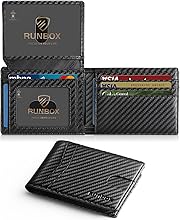
How To Know If Your Takeout Container Is Safe To Microwave
HuffPost
Two little numbers and a symbol can be the key to avoiding disaster.
This story begins with a tragic tale of woe: After a long evening at a cocktail party, I returned home with a ravenous appetite for melted cheese. Luckily, I had a plastic takeout container of queso in my fridge, so I stuck it in the microwave and hit the start button. But when I opened the door expecting some bubbly dip ready for tortilla chips, I found that the plastic container had melted and the bottom of my microwave was completely coated in sticky queso.
This grievous situation forced me to reevaluate my takeout reheating habits. When is it OK to put plastic takeout containers in the microwave? What about other materials like Styrofoam and cardboard? (If you’ve ever accidentally microwaved a Chinese takeout container with a metal handle, you probably know the answer on that one.)
Eager for some answers, I reached out to some food scientists, and here’s what they told me about to-go food vessels and how they survive in a microwave.
When microwaved, certain plastics can leach chemicals into the body or break down under the heat.
Had I known more about different types of plastic used to make takeout containers at the time of my queso disaster, I wouldn’t have been as surprised by the sad end result. According to food science consultant Bryan Quoc Le, certain plastics aren’t built to withstand high microwave temperatures. “Polystyrene, polycarbonate and polyvinyl chloride should never be used in the microwave. Polystyrene contains tiny cells of air that rapidly break down in the microwave,” Le explained.





















 Run 3 Space | Play Space Running Game
Run 3 Space | Play Space Running Game Traffic Jam 3D | Online Racing Game
Traffic Jam 3D | Online Racing Game Duck Hunt | Play Old Classic Game
Duck Hunt | Play Old Classic Game